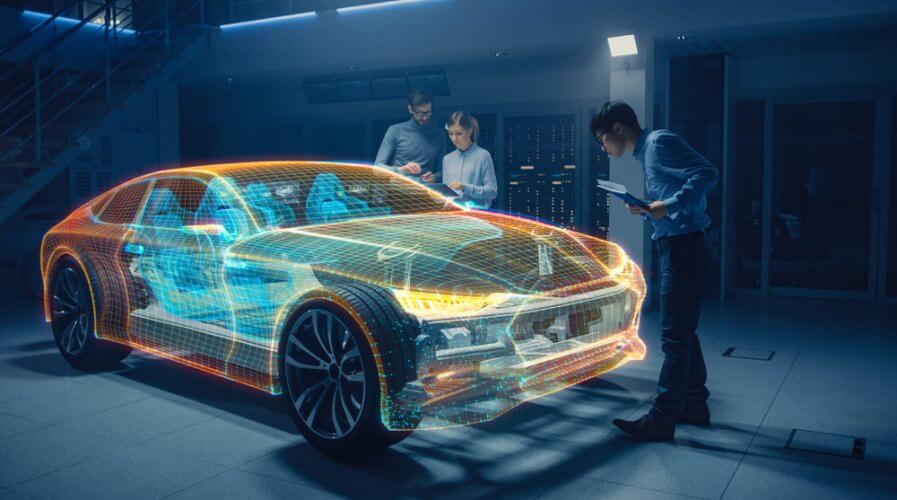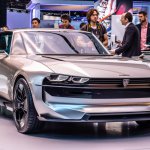
Virtual reality make Jaguar Land Rover more exciting. Source: Shutterstock
How Jaguar Land Rover uses VR to design and engineer new vehicles
AUTO ENGINEERS are falling in love with virtual reality as a technology because it enables them to bring their imagination to life, before even prototyping something.
Recently, Jaguar Land Rover Simulation Group Manager Andy Richardson detailed exactly how his team uses the technology to transform the design and engineering process.
“We generate a 3D model of every part of the car so that we can visualize, even look inside, every part of the vehicle to see how these fit together.
“These models also allow us to simulate the performance of the components, systems and the whole vehicle e.g. modeling the combustion process inside the cylinder block, to maximize the efficiency of the engine.”
Of course, Jaguar Land Rover — like its competitors Ford and Mercedes — has been using virtual reality for many years now. At the company’s Gaydon Design and Engineering Complex, the team has access to a state-of-the-art virtual reality centre that allows the team to fully visualize the vehicle.
According to Richardson, the centre uses eight of the latest generation 4K digital cinema projectors, which deliver four times the resolution of Ultra HD TV, and are driven by 22 of powerful PC computers.
As manager of the simulation group at the automotive company, Richardson believes that virtual reality has helped speed-up the development time of the all-new Jaguar XJ and next year’s Range Rover Evoque.
Jaguar Land Rover currently uses computer simulations to help engineers create full-size 3D models of components, and even an entire vehicle, long before the physical parts can be built.
As a result, designers are able to reduce the number of costly and time-consuming design ‘bucks’ or models that they need to build.
“If a designer created a proposal for a new instrument panel, previously he’d have to build it in clay. Now he can project his design into the virtual reality ‘cave’ and see it as if it’s real.
“The power and flexibility of the system is such that it is not just restricted to vehicles.”
Richardson explained that the company is using virtual reality to visualize vehicles as they pass through every stage of the manufacturing process, to design assembly facilities that optimize the tools, facilities, and processes and ensure that each vehicle is made just as the engineering team intended.
The work that Jaguar Land Rover is doing is fascinating — and compared to its peers, seems to be making more progress with discovering, piloting, and scaling application of virtual reality as a technology itself.
In the coming months, more applications of virtual reality in the automotive space is expected. “As for the future of Virtual Reality in new car development, I think it’s only limited by what our minds can imagine,” concluded Richardson.
READ MORE
- Ethical AI: The renewed importance of safeguarding data and customer privacy in Generative AI applications
- How Japan balances AI-driven opportunities with cybersecurity needs
- Deploying SASE: Benchmarking your approach
- Insurance everywhere all at once: the digital transformation of the APAC insurance industry
- Google parent Alphabet eyes HubSpot: A potential acquisition shaping the future of CRM


